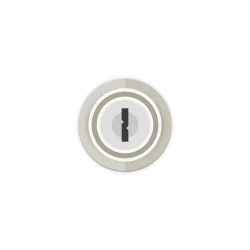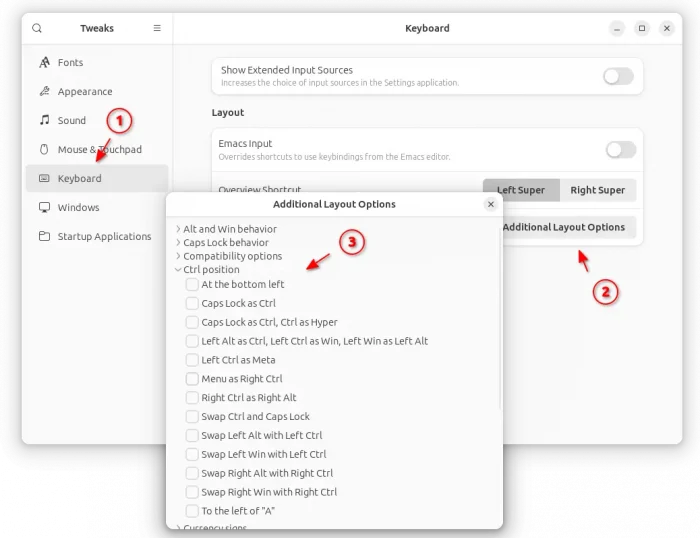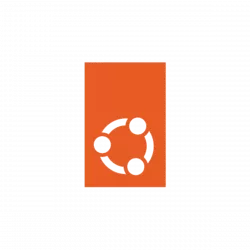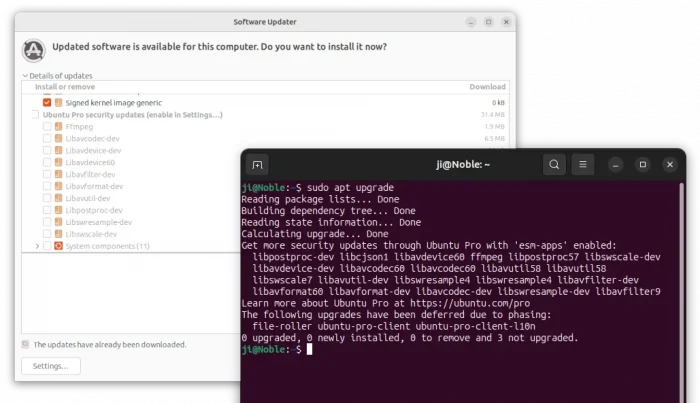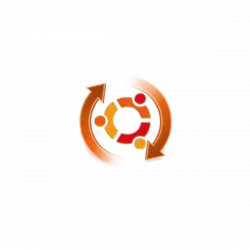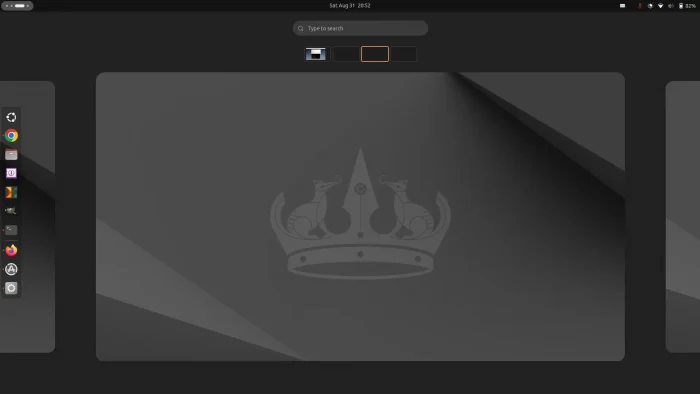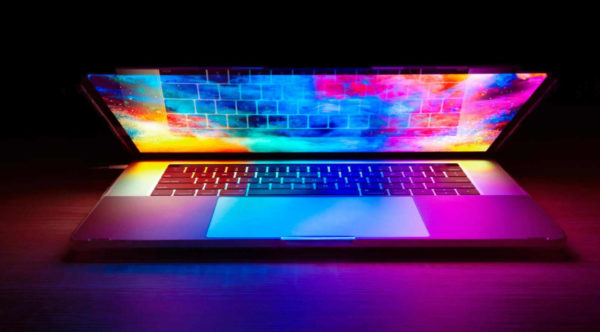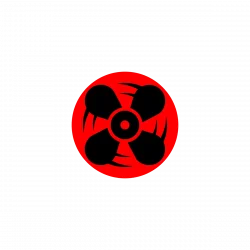This tutorial shows how to enable One Time PassWord in Ubuntu 24.04 for either local or remote SSH login.
One Time PassWord, OTPW in short, is a PAM module which is useful for allowing a user to login public or shared computer/server using a single-use password, that works only for one time.
By generating a list OTPW passwords, and configuring your system to allow OTPW logins, it will ask random one of the OTPW passwords on every login. And, that password will never work again once logged in successfully with it.



